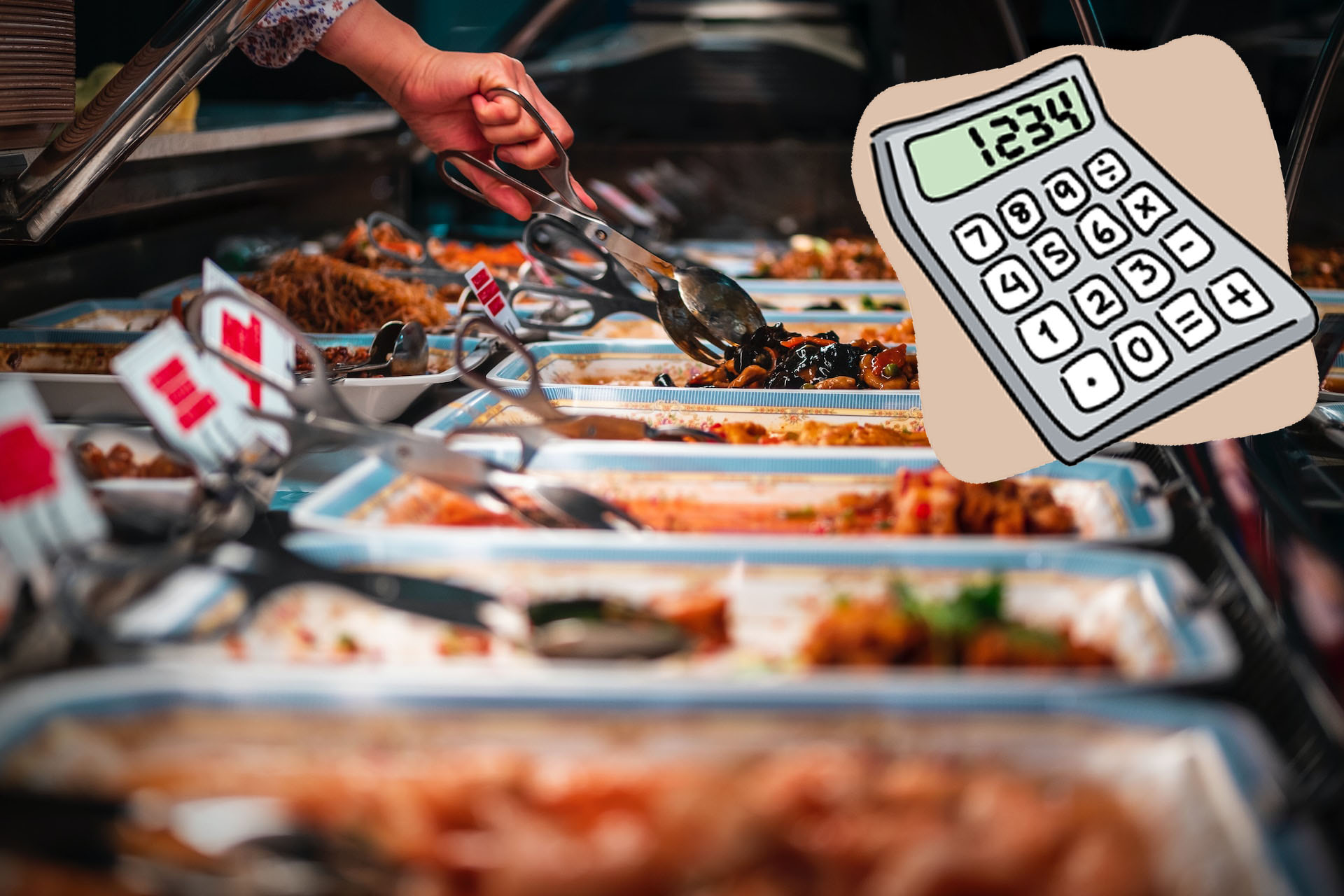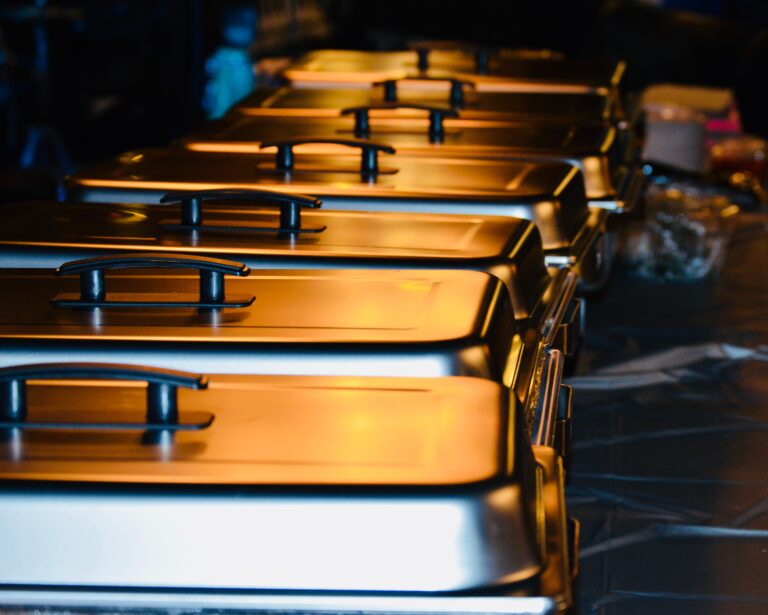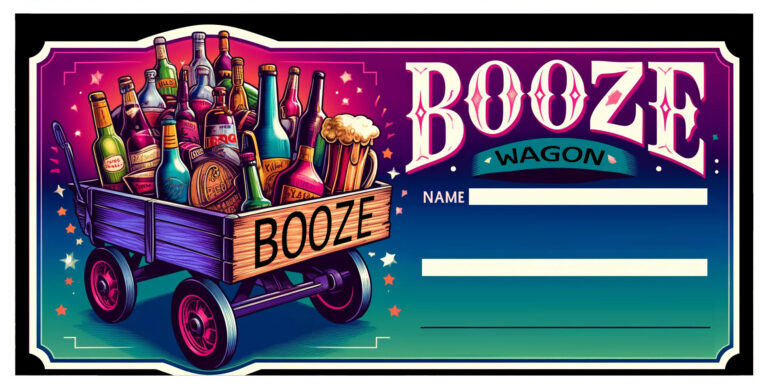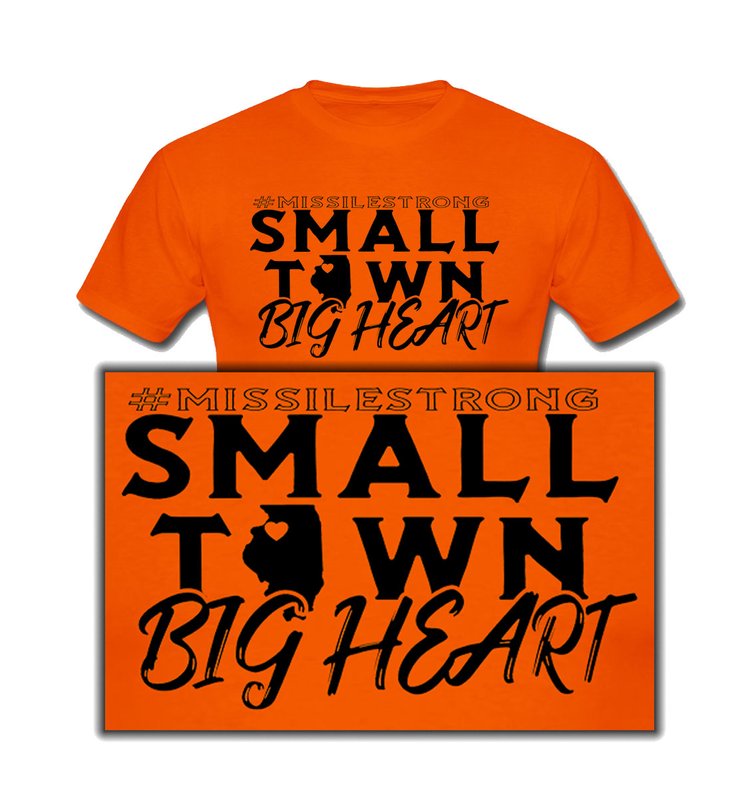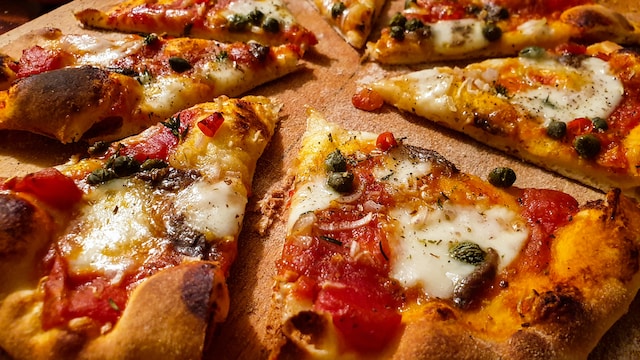Benefit Fundraiser Meal Pricing Strategies and Profit Calculator
Are you planning a benefit fundraiser meal and wondering how to set the perfect price to maximize your profits? Don’t worry, I’ve got some effective pricing strategies that will help you achieve your fundraising goals while keeping your guests satisfied and a really cool calculator that will help you set some goals.
Meal pricing for your benefit revolves around striking a balance between covering the cost of ingredients and generating a desirable profit margin. By considering factors such as food cost, and demand, organizers can set optimal sale prices that maximize revenue. This strategic approach ensures that benefit fundraiser dinners not only cover expenses but also generate funds to support their cause. Implementing effective meal pricing strategies is essential for achieving financial success and making a meaningful impact through fundraising efforts.
Use the calculator below to play with the numbers and set sales goals.
You’ll need to consider factors such as costs, desired profit margin, target audience, and perceived value, to determine the optimal price. Anticipating the crowd size (venue capacity) and setting goals is also vital. With the right pricing strategy in place, benefit fundraisers can generate substantial profits while ensuring attendees feel they are contributing to a worthy cause.
| Step | Description |
|---|---|
| Step 1 | Determine your desired food cost percentage within the typical range of 25% to 35%. |
| Step 2 | Calculate the target sale price by dividing the food cost by the desired food cost percentage. |
| Step 3 | Anticipate the crowd size by considering factors such as the size of your target audience, the popularity of your cause, and the capacity of your venue. |
| Step 4 | Set clear fundraising goals that align with the purpose of your event and break them down into manageable targets. |
| Step 5 | Create a flexible pricing structure by offering tiered pricing options, additional revenue streams, and early bird or group discounts. |
| Step 6 | Focus on maximizing attendee satisfaction by ensuring value for money, transparent communication about the impact of the funds raised, and incorporating engaging activities. |
| Step 7 | Regularly review and adjust your pricing strategy based on feedback, market demand, and financial goals. |
A Balancing Act: Pricing Strategies for Benefit Meal
When it comes to setting the price for a benefit meal, finding the sweet spot can feel like a delicate balancing act. You want to generate substantial profits for your cause while ensuring attendees feel they are getting their money’s worth.
Determining the optimal price for a benefit meal involves considering various factors and employing effective strategies. Here’s a comprehensive guide to help you set the right price for your fundraiser dinner:
- Cost Analysis and Budgeting: Begin by conducting a thorough cost analysis. Consider all the expenses involved, including food ingredients, beverages, venue rental, decorations, marketing, and any additional overhead costs. This will provide a clear understanding of the minimum price required to cover your expenses and ensure you don’t operate at a loss.
- Desired Profit Margin: Determine the profit margin you aim to achieve. This will depend on your fundraising goals and the amount of money you intend to raise for your cause. Consider the percentage of proceeds you want to allocate to your charitable initiatives and factor in any other financial objectives you may have.
- Understanding Your Audience: It’s crucial to know your target audience and their willingness to pay for a benefit meal. Conduct market research to gain insights into similar events in your area or reach out to past attendees for feedback. This information will help you gauge the price range that your target audience finds acceptable and reasonable.
- Perceived Value: Consider the overall experience and value you plan to provide to your attendees. Will there be special entertainment, guest speakers, or a unique menu? Highlight these aspects to enhance the perceived value of the event, which can justify a higher price. Communicate the impact and significance of your cause to ensure attendees feel they are contributing to something meaningful.
- Anticipating Attendance: Estimate the number of guests you expect to attend the benefit meal. This will enable you to distribute fixed costs over a larger or smaller crowd, influencing the individual price per meal. Be mindful of striking a balance between achieving your fundraising goals and attracting a sufficient number of attendees to cover costs.
How to use this meal pricing calculator:
This nifty tool is here to make your life easier by taking the guesswork out of meal pricing. Experiment with different costs, meal prices and serving goals to find that sweet spot for your pricing.
- To get started, simply enter the cost of your ingredients in the “Food Cost” field. This is the average wholesale cost your organization pays for each meal.
- Next, let’s consider the profit you’d like to make. In the “Sale Price” field, enter the price you’d like to sell each meal for. Consider what your community would be willing to pay for the meal you’ll be serving.
- Set a goal of how many meals you’d like to sell during your benefit. Try to stay realistic, but lean into optimism. We can always sell the leftovers if you don’t hit your goal.
- Finally, click on the “Calculate” button, and ta-da! The calculator will do its thing and give you the estimated profit you’ll bring in for your cause. It’s like having your own pricing guru right at your fingertips!
Meal Pricing Calculator
Anticipating Crowd Size and Setting Goals
When planning a benefit fundraiser dinner, it’s essential to anticipate the crowd size and set realistic goals. By doing so, you can tailor your pricing strategy accordingly and maximize your fundraising potential.
Crowd Size Considerations: To estimate the number of attendees, consider factors such as the size of your target audience, the popularity of your cause, and the capacity of your venue. Analyzing past event attendance can provide valuable insights into potential turnout. Once you have an estimate, you can adjust your pricing structure to balance affordability and revenue generation.
Setting Goals: Define clear fundraising goals that align with the purpose of your event. Are you aiming to raise a specific amount of money for a particular initiative? Break down your goals into manageable targets and consider how the price per meal can contribute to achieving those targets. This approach allows you to communicate your objectives to potential attendees and rally their support.
Maximizing Attendee Satisfaction
While profitability is important, attendee satisfaction should also be a top priority. Happy attendees are more likely to contribute, support your cause, and spread positive word-of-mouth. Consider the following:
Value for Money: Ensure that your benefit meal offers value for the price charged. Focus on the quality of the food, presentation, and overall experience. Partner with reputable vendors or local restaurants to deliver an exceptional meal that attendees will remember.
Transparent Communication: Clearly communicate where the funds raised will be directed and how they will make a difference. This transparency creates a sense of trust and motivates attendees to contribute generously.
Engaging Activities: Incorporate engaging activities or entertainment that aligns with the theme of your event. This could include guest speakers, live performances, raffles, or interactive elements that make the evening enjoyable and memorable.
Anticipating the crowd size, setting realistic goals, creating a flexible pricing structure, and maximizing attendee satisfaction are all crucial aspects of pricing strategies for benefit fundraiser dinners. By considering these factors, you can strike a balance between profitability and guest satisfaction, ensuring a successful and impactful event. Now, armed with these insights, go ahead and plan an unforgettable benefit meal that makes a difference!
Frequently Asked Questions
As we dive deeper into pricing strategies for benefit fundraiser dinners, let’s address some common questions that may be on your mind. Here are four important queries and their succinct answers to keep you well-informed:
1. How do I determine the right food cost percentage for my benefit meal? To determine the food cost percentage, consider overhead costs and fundraising goals. Keep in mind that the higher the price, the higher the profit, but striking a balance is crucial to ensure quality and guest satisfaction.
2. Should I adjust the sale price based on market demand? Absolutely! Market demand plays significant roles. Ask around about similar events in your area to gauge the prices attendees are willing to pay. No matter what the cause, people don’t want to pay an exorbitant amount for cheap, bland food. Get a good meal, price it accordingly and people will show up.
Common Misconceptions about Pricing Benefit Fundraiser Dinners
When it comes to pricing benefit fundraiser dinners, there are a few misconceptions that can lead event organizers astray. Let’s debunk these myths and set the record straight:
Higher prices always lead to higher profits. Contrary to popular belief, simply increasing the price doesn’t guarantee higher profits. While raising the price may increase revenue per meal, it can also deter potential attendees if they perceive the value as too low. Striking a balance between a reasonable price and perceived value is key to maximizing both profitability and attendance.
The cheapest ingredients will maximize profits. Opting for the cheapest ingredients might seem like a surefire way to save costs, but quality matters. Cutting corners on ingredients can compromise the overall dining experience and lead to dissatisfied guests. Balancing cost-efficiency with maintaining a high-quality meal is essential for guest satisfaction and long-term success.
One pricing strategy fits all events. Each benefit fundraiser dinner is unique, and a one-size-fits-all pricing strategy simply won’t cut it. Factors such as target audience, geographical location, fundraising goals, and competition (other events) should be considered when determining the pricing strategy. Tailor your approach to match the specific characteristics of your event for optimal results.
Once the price is set, it can’t be adjusted. Setting the initial price is just the beginning. The pricing strategy should be regularly evaluated and adjusted based on feedback, market trends, and financial goals. Don’t be afraid to make changes to optimize profitability and ensure attendee satisfaction. Flexibility is key to a successful pricing strategy.
Good Luck to You!
Armed with the knowledge and strategies shared in this article, you are well-equipped to host a benefit fundraiser dinner that will not only raise funds but also create a meaningful impact for your loved one or cause. By carefully considering factors such as pricing, crowd size, attendee satisfaction, and goal-setting, you can orchestrate an event that combines financial success with a memorable experience for all.
So, roll up your sleeves, embrace the excitement, and get ready to embark on a fundraising journey that will make a difference in the lives of those you hold dear. Together, let’s turn your heartfelt efforts into a resounding success!
